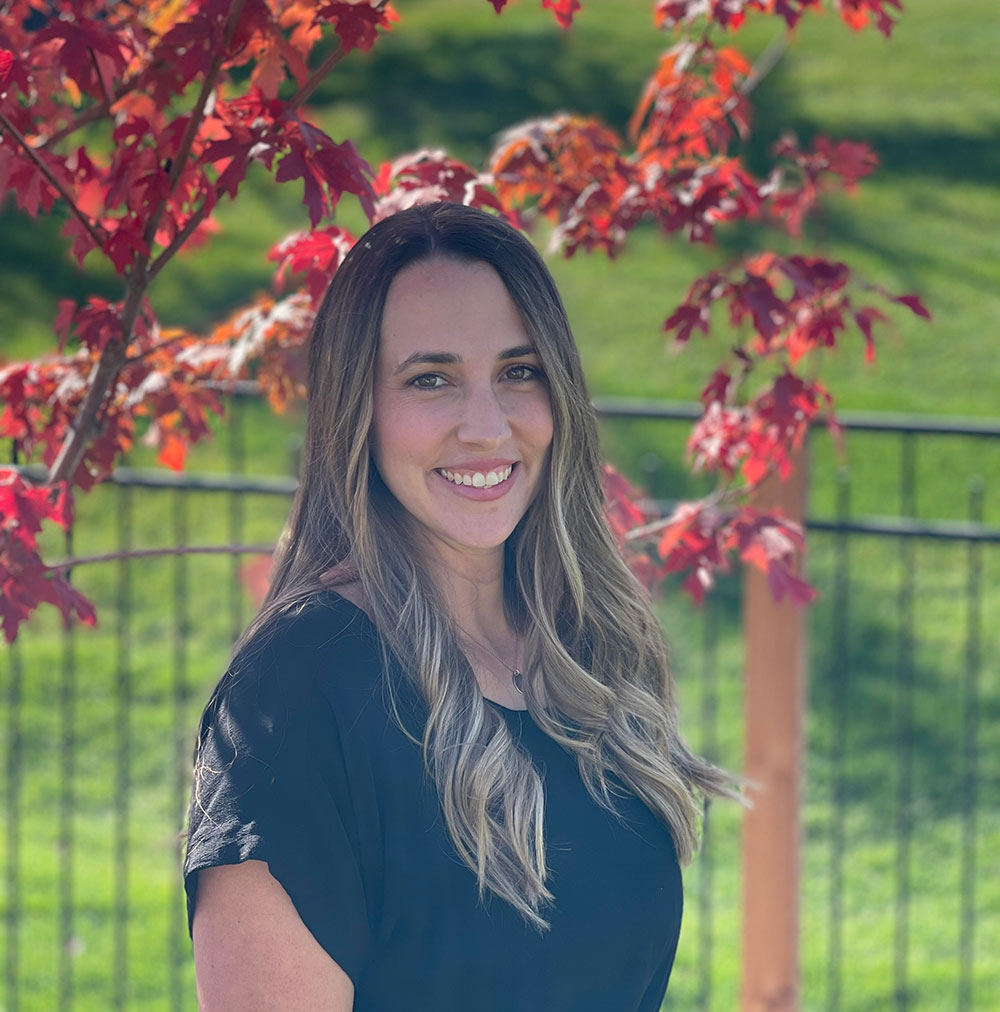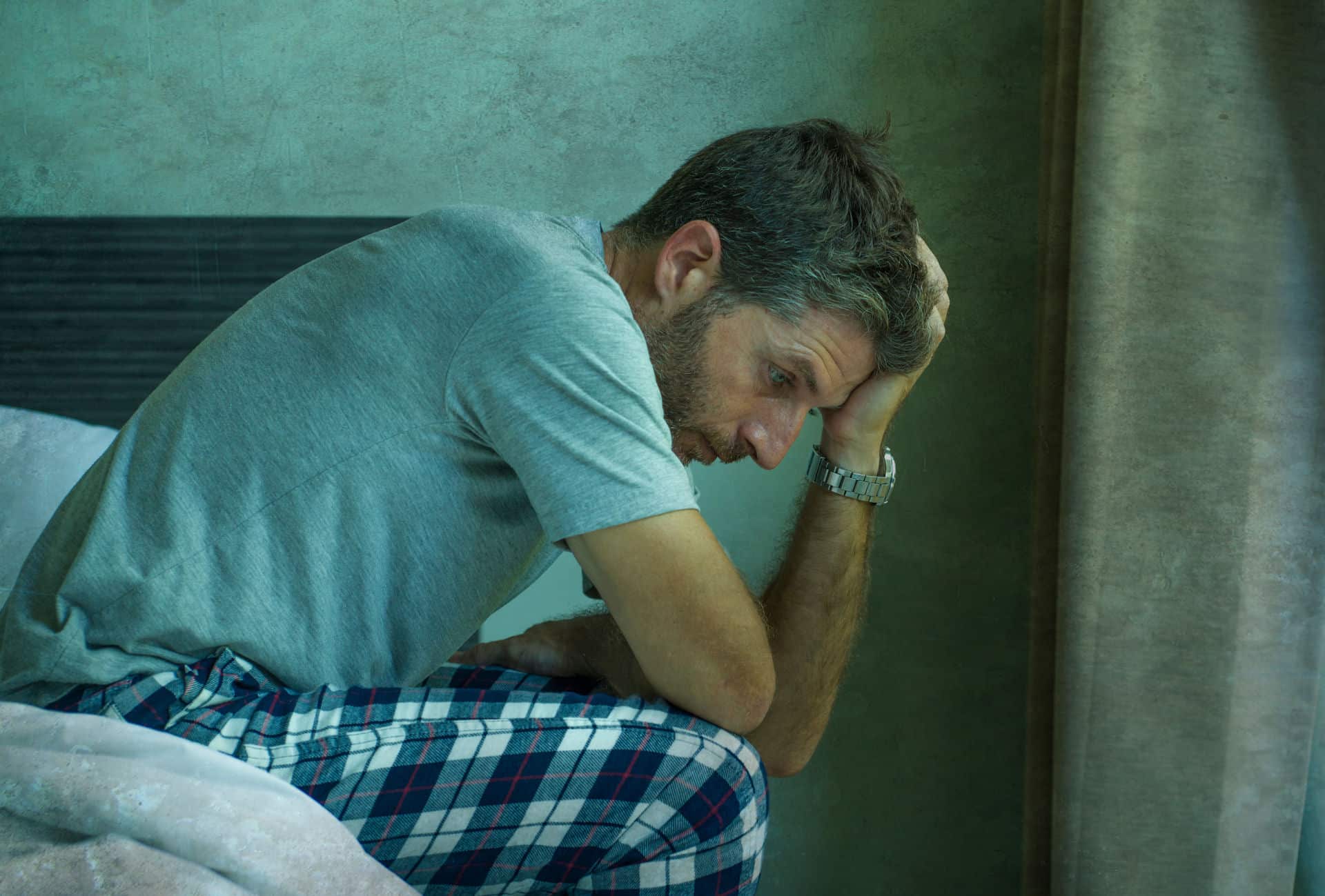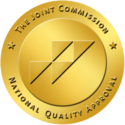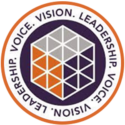Withdrawal is a difficult experience both physically and psychologically. People often feel helpless when they watch a person suffer through it. If a loved one who has decided to stop using drugs or alcohol is going through withdrawal, it helps to understand what they are experiencing.
At Eagle Creek Ranch Recovery in Nampa, Idaho, we believe that learning about the treatment options available is the foundation of knowing how to conquer the dangerous cycle of addiction. Here’s our guide for how to help someone going through withdrawal.
What Is Drug Withdrawal?
Withdrawal is the process of ridding the body of a substance. It is what happens when a person stops using the substance. However, most people who have ever experienced withdrawal associate it more with the effects it produces. Those effects result from the body becoming dependent on the substance. With the substance suddenly gone, the body tries to adjust. As a result, unpleasant effects or symptoms of withdrawal occur.
What Happens To Your Body During the Process of Withdrawal?

For example, consider opioids and their effects. They act on dopamine neurotransmitters and create euphoric and rewarding feelings. As a result, the brain stops producing as much on its own. Depression and anxiety are common effects when someone stops opioids. Also, there are other psychological and physical effects a person’s body experiences.
Common Alcohol and Drug Withdrawal Symptoms
Since some symptoms can be dangerous, it is important to consult with a medical professional before stopping a substance completely. The symptoms, duration, and intensity can vary based on different individuals and the type of substance.
Common Symptoms of Drug Withdrawal
Because opioids and stimulants have different effects, the withdrawal symptoms they produce differ. These are some common withdrawal symptoms of opioids:
- Muscle aches
- Nausea or vomiting
- Diarrhea
- Irritability and anxiety
- Chills or goosebumps
- Sweating
Some common symptoms of withdrawal from stimulants include:
- Fatigue
- Less energy for daily activities
- Restlessness and agitation
- Suicidal thoughts
- Depression
- Increase in appetite
Although most cases of drug misuse involve opioids or stimulants, some also involve benzodiazepines. These are some common symptoms of withdrawal from benzodiazepines:
- Tremors
- Irritability
- Weight loss
- Sleep disturbance
- Nausea or vomiting
- Difficulty concentrating
- Headache and muscular pain
- Increased anxiety or panic attacks
Common Symptoms of Alcohol Withdrawal
The symptoms of alcohol withdrawal change as time progresses, and they can start within hours of the last drink. These are some early symptoms of withdrawal that typically occur within a matter of hours:
- Vomiting or nausea
- Headache
- Anxiety
- Shaky hands
- Sweating
- Insomnia
Between 12-48 hours after the last drink, symptoms can intensify. They can also include hallucinations. Some people may experience seizures. Between 48 and 72 hours after the last drink, hallucinations and delusions can worsen. However, only about 5% of people experience these. Some later symptoms during this time frame include:
- Elevated heart rate
- High blood pressure
- Confusion
- Fever
- Profuse sweating
Why Is Detox Important for Withdrawal?

Many people who try to detox without medical supervision end up using a substance to alleviate the discomfort and cravings. Some people take a larger dose which also increases their risk of a dangerous or fatal overdose.
Also, 24/7 supervision is important for supportive care. People who stay in a facility to detox have laundry and meal services. Without work and chores, they can focus on resting and starting the recovery journey. In a facility, people also have access to therapy and medical support.
Treatment for Addiction and Withdrawal
To help someone going through withdrawal, the ideal solution is to recommend detox and professional treatment. During treatment, people talk to trained professionals. They go through counseling with multiple therapeutic approaches. When combined, the approaches help them discover the reasons why they turn to substances.
For instance, past trauma may be a reason a person uses substances. By addressing and treating the underlying causes of substance misuse, professionals help lower relapse risks. Treatment for withdrawal symptoms includes the following:
Medical detox focuses heavily on treating withdrawal. In addition to having medical supervision, people have supportive care. Based on individual health history and current symptoms, treatment may vary. For instance, someone who has anxiety and a benzodiazepine addiction may receive a different type of medication.
Addiction treatment professionals understand that it is still important to treat any other health needs. Each detox plan is customized for those individual needs. As detox ends, an addiction treatment program is the next step in starting recovery. There are two types of treatment, which include residential and outpatient.
Residential treatment involves a stay in a facility that may last about 30 days or longer. The length of the program depends on addiction history, the substance used, and other risk factors. Professionals can determine if residential treatment is suitable for a person. For example, if someone lives with roommates who use drugs or has a long history of addiction, residential treatment is ideal.
In addition to the counseling structures mentioned earlier, people in residential treatment may participate in activities. They may go on adventures, explore music and learn ways to express themselves. Supportive activities have been shown to help combat the urge to use substances.
Outpatient treatment may occur after residential treatment for some people. It may be the main type of addiction treatment for others who are good candidates. For example, when a person has a supportive living environment and a full-time job, outpatient treatment may work better than a residential structure.
Outpatient treatment often involves the same types of therapeutic approaches used in residential treatment. However, the difference is that a person only visits the facility for treatment and leaves afterward. The length and frequency of sessions depend on individual needs, and a therapist determines an adequate schedule.
Addiction therapy services help with the psychological effects of withdrawal and allow people to transition easier into their appropriate addiction treatment programs. Medical support ensures people have medications to help ease some unpleasant symptoms. For example, a medical professional can prescribe medications to stop diarrhea or prevent nausea.
Dual diagnosis treatment is a special approach for treating both mental illness and addiction. In addition to mental illness leading to addiction, some people may develop a mental health problem as a result of substance use. Either way, it is important to treat both issues to maximize the chances of staying sober.
There are also several therapy structures. In individual therapy, people focus on how addiction affects different aspects of their own lives. Family therapy involves those close to the person with an addiction. Family members learn how to support their loved ones. Also, the person struggling with addiction learns how the addiction affects them.
Group therapy includes others who struggle with addiction. Together, the group members share their difficulties and offer helpful feedback. This structure helps prepare people for 12-step meetings, which are important parts of staying sober after treatment.
How To Prevent Drug Withdrawal From Happening
Some people try to stop using a substance on their own, and they often stop it completely. For some people, this can be detrimental. For example, if someone has depression and stops using stimulants suddenly, the psychological effects can present self-harm risks. Other unpleasant symptoms can make those feelings worse. Supervision is the best way to reduce these risks and the unpleasantness of withdrawal.
Depending on the substance and other factors, it may not be feasible to prevent all symptoms of withdrawal even with supervision. However, it is possible to prevent or treat several symptoms and reduce potential dangers. Always consult with a medical professional or a treatment facility first. A professional can recommend a plan after learning about individual health needs and addiction history.
Finding the Right Drug Detox Center
When working with a detox center, it helps to find one that also offers addiction treatment. This makes the transition from detox to treatment easier. Also, it is important to find a facility that offers dual diagnosis treatment and supportive therapies. Some people who misuse illegal substances are hesitant to contact treatment facilities because they fear legal trouble. It is important to remember that treatment facilities are only there to help and not to create more trouble.
Detox Safely at Eagle Creek Ranch Recovery
If you are in Idaho and need detox services, Eagle Creek Ranch Recovery is here to help. Our facility is located in Nampa. We have supervised alcohol and drug detox programs. Also, we offer residential and outpatient addiction treatment, supportive therapies, and dual diagnosis treatment. To learn more about how to help someone going through withdrawal or treatment options, please contact us.

Clinical Director
Kendall Maloof is the clinical director at Eagle Creek Ranch Recovery. She is a licensed marriage and family therapist and has held multiple leadership roles before settling here at Eagle Creek. Kendall received her master’s degree in marriage and family therapy from the Chicago School of Professional Psychology in 2016. Her career in mental and behavioral health began in 2014 when she took up internships in both the nonprofit and for profit sectors. She interned at multiple reputable companies, such as The Living Success Center and 449 Recovery in California.
In 2019, Kendall became the clinical director of Sunsets Recovery for Woman, a dual diagnosis program in southern California. Kendall is a natural leader. She has an incredible ability to problem solve and stay calm in any situation. Kendall never fails to show up when she is needed, and her calm demeanor makes her team and clients feel at ease. Eagle Creek Ranch Recovery is proud to have Kendall as our clinical director.



